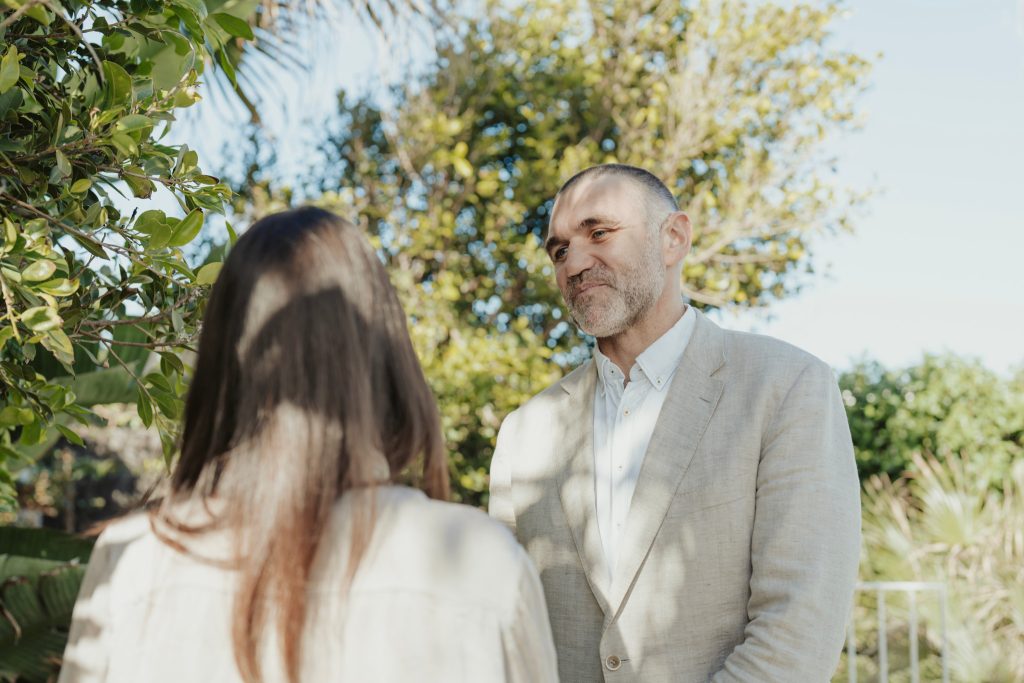
4 Minutes
CONTENTS
Trauma is something that happens every day. It is estimated that approximately 70% of the world’s population will be exposed to a traumatic event in their life. It’s almost unavoidable. Of those cases, 20% will go on to develop PTSD. Trauma is not just a moment of distress, but the reaction to it. It’s the aftermath. To understand this delicate topic more, we sat down with our expert in trauma, Gita Chaudhuri, to discuss what trauma is, how it may develop into PTSD, and The Balance’s unique approach to healing.
A UNIQUE METHOD TREATING Insights
a successful and proven concept focusing on underlying causesLASTING APPROACH
0 Before
Send Admission Request
0 Before
Define Treatment Goals
1 week
Assessments & Detox
1-4 week
Psychological & Holistic Therapy
4 week
Family Therapy
5-8 week
Aftercare
12+ week
Refresher Visit
Insights
latest news & research on InsightsHow To Love Yourself
It is not as difficult as you would imagine to communicate with your higher guidance. The trick is to be willing to learn about self-love. The solutions may come quickly or gradually. They can appear in the form of words
read moreMental Training For Athletes
The mental self and physical self are symbiotically linked. In other words, everything that happens in the mind has an impact on the body, and vice versa
read more






